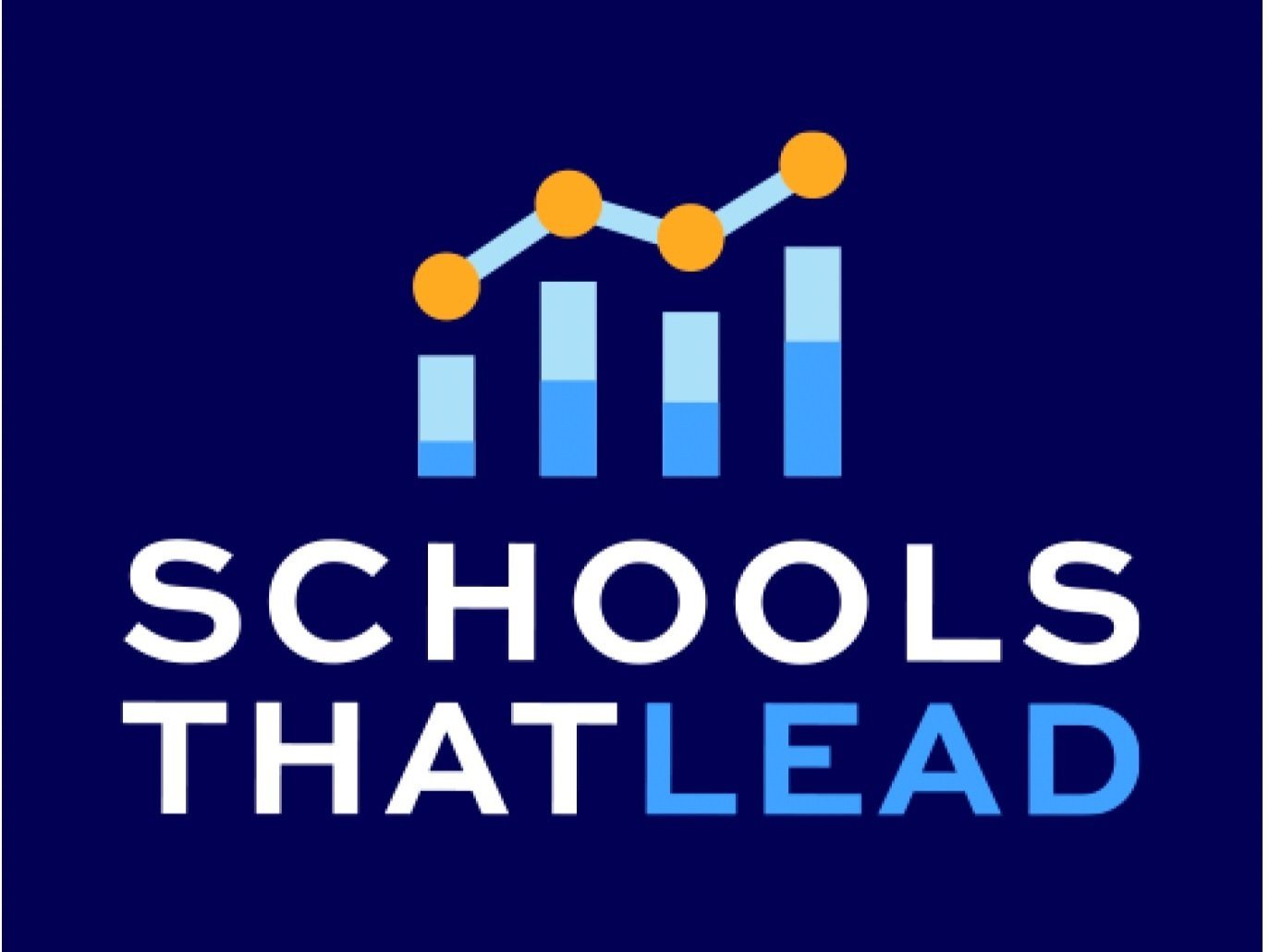How to Create a Positive Public School Culture
Reimagining and shaping school culture is fundamental to initiating long-lasting paradigm shifts in public and charter schools. Building and classroom leaders must devote their time to developing holistic school improvement plans that transcend traditional boundaries.
Take an Improvement Science Approach
By cultivating a positive and inclusive culture within a public school, educators and administrators can create an environment that fosters academic excellence and personal growth for students and adults alike. This requires strategic thinking, collaboration, and a commitment to continuous improvement. Only through such concerted efforts can you create an environment where students and educators experience positive outcomes. Concerted efforts must be directed at growing a culture in which trust, mutual respect, empathy, and acknowledgment through action for the expertise of educators are foundational.
As experts in improvement science, Schools That Lead believes that the cornerstone of transforming a public school's culture lies in fostering a sense of shared purpose among all stakeholders. From curriculum design to extracurricular activities, the overarching mission is that the foundational cultural conditions should be palpable, guiding every relationship and every decision made within the educational institution.
How Improvement Science Can Impact a School’s Culture
A positive school culture significantly impacts the attitudes of teachers and students and the entire learning experience. Issues such as chronic absenteeism, poor course performance, and disengagement tend to diminish when a school fosters a positive culture. When educators and students feel valued and supported, they are more likely to be present, actively participate, and experience success.
According to improvement science, the transformative journey towards a positive public school culture begins with a deep understanding of the existing dynamics and a commitment to targeted interventions. It is essential to identify key areas for improvement and tailor strategies to address specific challenges. This requires applying small, measurable, and individualized change ideas to underlying problems that may be hindering the quality of education. This leads to identifying practical, long-lasting solutions to these issues.
Continuous improvement makes education more efficient, effective, and equitable. When properly done, this transformative approach to public school systems allows students to engage in meaningful school learning experiences.
The overarching aim for each school should be ambitious yet attainable, and most certainly measurable!
When pursuing a positive and transformative culture, collaboration emerges as a linchpin. Educators, administrators, parents, and students need to come together to co-create an environment that promotes learning, innovation, and adaptability. This collaborative spirit extends beyond traditional classrooms and administrative offices; it permeates the entire community associated with the school.
Charter Schools vs. Public Schools: What’s the Difference?
So, what is the difference between a charter school and a public school model? Both models have unique advantages and limitations. One advantage of charter schools is that they operate with a distinct level of autonomy compared to traditional public schools, which are strictly regulated by governing bodies.
However, charter schools, on average, are not higher performing than public schools and there is no sense to asserting that charter schools are better than public schools or vice versa. There are differences and similarities; here we present some ideas about how each can learn from the other. Schools That Lead works with both public and charter schools to support improvement.
Charter schools have the flexibility to design and implement innovative teaching methods, curriculum structures, and administrative approaches. This autonomy, however, is a double-edged sword; while it fosters creativity and experimentation, it also necessitates a high level of accountability and can lead to unintended consequences. For example, charter schools have the autonomy to choose their own curriculum design, but often the implementers are also the evaluators.
Public schools, on the other hand, function within the framework of established regulations and district policies. They serve as community pillars and teach a diverse student body. The challenge lies in infusing the adaptability and innovation characteristic of the country’s leading charter schools into the structure of public education.
Lack of funding and resources can be detrimental for both models, just as a strong, positive culture can be present in both. What’s unique about a charter school is the amount of influence a single person has over the direction of the culture, particularly that of the founder. Vision and leadership can swing any school into a healthy, robust culture. Unfortunately, this level of impact can also be damaging, as the decision-making process may easily become tainted due to an individual’s agenda.
One of the key differences is the level of community involvement and adaptability. Charter schools tend to have more freedom to tailor their programs to the specific needs of their students. However, traditional public schools, which are deeply ingrained in the fabric of their communities, possess a unique advantage in fostering inclusivity and addressing local challenges with a nuanced understanding of complexity.
Through a school improvement plan based on improvement science, public schools can explore ways to decentralize decision-making, granting more autonomy to individual schools while maintaining a collaborative network. Charter schools tend to be able to make quick decisions, so this flexibility can be a valuable asset when strategically applied within the public school framework.
Moreover, traditional public schools can learn from charter schools regarding program specialization and individualized learning plans. By offering tailored educational experiences, all public schools can address the diverse needs of their student body, ensuring that no one-size-fits-all approach hinders academic progress.
Tips for Creating a Positive Public School Environment
Because charter schools are simply public schools operating under a performance contract, or "charter," they have freedom from many of the regulations created for traditional public schools. Yet, they must remain accountable for their academic and financial results.
1. Nurturing Flexibility for Enhanced Outcomes
Public school leaders can draw valuable lessons from the operational flexibility granted to charter schools. While acknowledging the regulatory disparities, it is essential to recognize that flexibility is a powerful tool for driving positive educational outcomes. By embracing a more adaptive approach to decision-making and administration, public schools can foster an environment that better meets the diverse needs of students.
2. Embracing Staff Empowerment and Innovation
Charter schools operating under a performance-oriented charter often empower their staff with a greater degree of flexibility. This empowerment contributes to a culture of innovation where educators can tailor their teaching methods to cater to individual student requirements. Public schools can learn from this model, encouraging a similar sense of autonomy and creativity among their teaching staff. By doing so, they enhance the quality of education and cultivate a more engaged and motivated teaching workforce.
3. Balancing Autonomy With Accountability
While advocating for increased flexibility, public schools must maintain balance by reinforcing accountability measures. Despite their autonomy, charter schools are held accountable for academic and financial performance. Public school leaders should adopt a similar approach, implementing robust accountability frameworks to meet educational standards. This balance ensures that flexibility serves as a catalyst for positive change rather than a compromise on academic quality.
4. Fostering a Culture of Continuous Improvement
Charter schools often excel in their commitment to continuous improvement, adapting swiftly to changing educational landscapes. Public schools can imbibe this culture by instituting regular assessments, gathering feedback, and implementing data-driven strategies. Through becoming improvement scientists, public school leaders can identify areas for improvement, refine teaching methodologies, and ultimately elevate the overall educational experience for students.
Crafting a Unique Path to Excellence
The transformative journey for public schools involves learning from the successes of charter schools and crafting a unique path to excellence. By combining the strengths of community-centric values with the adaptability and innovation of charter schools, public schools can redefine themselves as dynamic, effective institutions.
The goal is not to replicate but to integrate successful strategies into the existing framework, ensuring every student receives a tailored, high-quality education. Through collaborative efforts, flexibility, and a commitment to continuous improvement, public schools can embark on a transformative journey that transcends traditional boundaries and sets the stage for a redefined educational landscape.
Schools That Lead assists in the creation of tailored school improvement plans based on the industry's best improvement science techniques that ensure:
Targeted Early Intervention: Reduce students with early warning indicators for attendance, behavior, and course performance.
Customized Improvement Strategies: Embed proven improvement strategies tailored to yourschool's unique context.
Data-Driven Decision Making: Utilize short-cycle, actionable data for both classroom-based and school-wide improvement.
Collaborative Network: Harness the power of a state-wide network of like-minded educators for collective acceleration.
The Bottom Line
Schools That Lead stands ready to guide your school toward transformative success. Targeted interventions, customized strategies, a data-driven approach, and a collaborative network ensure a unique and effective path toward sustained improvement. Unlock the full potential of your educational institution and foster a positive, innovative, and improvement oriented school culture by partnering with Schools That Lead.
Learn how Schools That Lead helped North Carolina education leaders create their own strategies for managing the students in their care and improving student outcomes, such as a greater decline in chronic student absences than the state average.
Frequently Asked Questions:
1. What is school culture, and why is it important?
School culture is the collective beliefs, values, and behaviors that shape a school's environment. It's crucial for fostering a positive and supportive learning community. A strong school culture contributes to improved student outcomes, such as academic achievement, attendance, and behavior.
2. How can school leaders influence school culture?
School leaders are instrumental in shaping school culture. By modeling desired behaviors, setting clear expectations, and fostering a collaborative environment, leaders can create a positive and productive school climate. Employing Improvement Science tools like PDSA (Plan-Do-Study-Act) cycles, leaders can systematically improve school culture. For instance, a leader might use PDSA to address teacher morale by developing a professional development plan, implementing the plan, gathering feedback through surveys, and refining the plan based on results.
3. What are some effective ways to engage students in improving school culture?
Engage students by encouraging participation in decision-making processes, promoting peer mentoring programs, and recognizing student achievements. Using Improvement Science Tools such as process mapping helps identify barriers and develop strategies that foster student ownership and responsibility.
4. How can teachers contribute to a positive school culture?
Teachers are the heart of a school's culture. By creating inclusive classrooms, building strong relationships with students, and setting high expectations, teachers can foster a positive learning environment. Using Improvement Science tools like data analysis, teachers can identify student needs and tailor instruction accordingly. For instance, a teacher might analyze student assessment data to identify learning gaps and implement targeted interventions.
5. What role do parents and the community play in school culture?
Parents and the community are essential partners in shaping school culture. By actively participating in school events, volunteering, and supporting school initiatives, they contribute to a strong sense of community.


